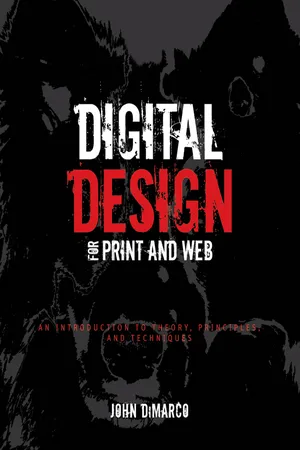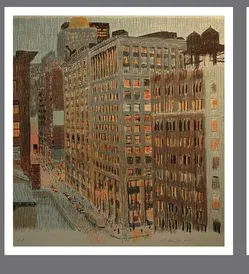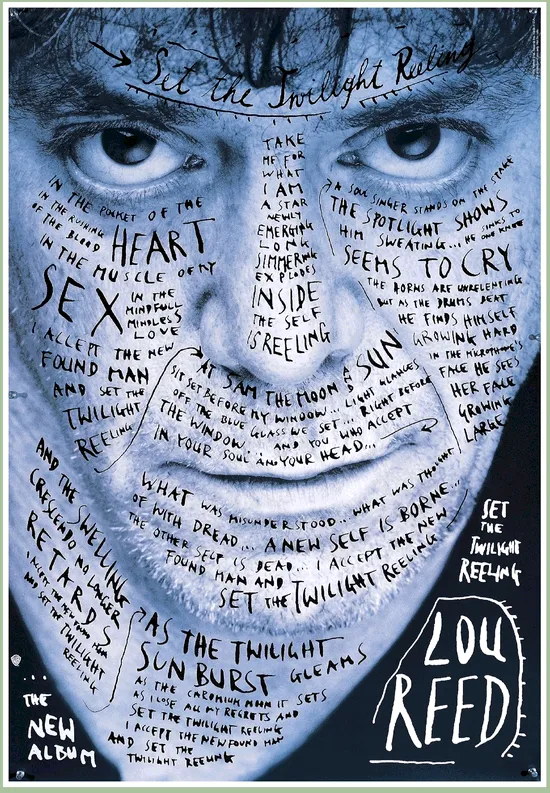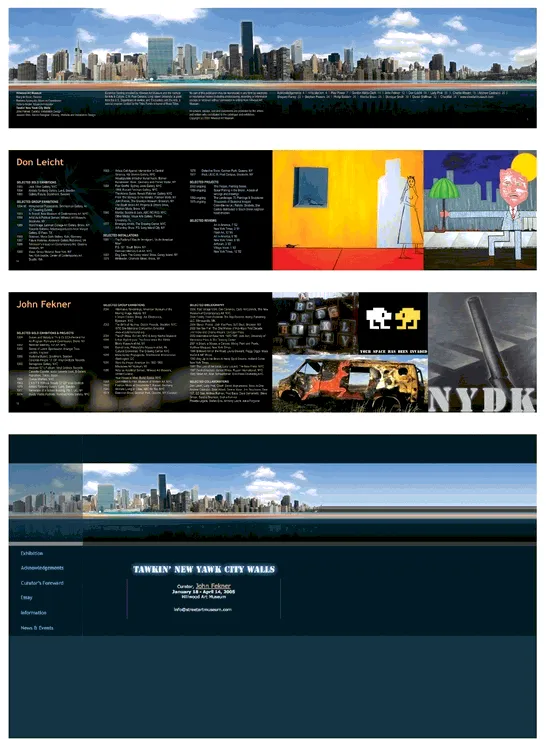![]()
PART ONE
Theory and Principles
![]()
CHAPTER 1
Communication Goals
Chapter objectives
Define graphic communication.
Identify and define communication goals: information, persuasion, education, and entertainment.
What Is Graphic Communication?
Graphic communication is the result of a long evolution of tools and techniques. That evolution was greatly accelerated by the establishment of modern, industrial societies—and graphic communication itself greatly contributed to modern social and economic development, to the extent that today visual communication is a readily identifiable force in the growth of both Western and Eastern “postindustrial” information economies.
According to historical literature, graphic communication has taken as long as 30,000 years to evolve (Meggs 1998). The role of the visual communicator—and the function of communication—developed slowly: cave paintings done between 15,000 and 10,000 B.C., the invention of writing with pictographs in Mesopotamia (3100 B.C.), the invention of paper and Chinese relief printing (second century A.D.), the rise of late medieval illuminated manuscripts (eighth century A.D.), and the breakthrough of movable type in Europe (1450 A.D.) all contributed to that development. Investigation of communication design over the last century reveals patterns of technological, economic, occupational, spatial, and cultural development that can be attributed to the creation of an information-driven economy and society that relies on communication design and technology for stability and growth.
Although enhanced and changed by modern technology, including software and computers, the basics of communication have essentially remained the same through the millennia. Communication is a process that requires a sender (the designer), a message (information or an effort to persuade), a medium (the delivery platform), and a receiver of that message (the audience). Communication comes in various forms and is delivered in various media, or platforms for communication delivery. These media include all forms of printed paper or material (books, magazines, newspapers, brochures, flyers, signage, and billboards), the Internet, mobile phones and handheld devices, television, radio, CDs and DVDs, videos, video games, and films. Media transmitted to mass audiences is called mass media; it includes television, film, recordings, mobile technology, magazines, books, the Internet, and radio. Conversely, a brochure, part of a collection of collateral material, may only be seen by a few people.
Communication and media futurist Marshall McLuhan theorized that “the medium is the message,” meaning that we absorb and judge messages based on how they are delivered (Benedetti and deHart 1997). If we see an advertisement in a newspaper, we initially perceive it as factual simply because it comes to us via the mass media. Then, we step back and decipher the message to determine if it can be trusted, and to what level it can be absorbed and used by us; this process is part of media literacy. In all forms of communication, judicious design and professional production values therefore become vital to the success of a message. The final product—how it looks and performs visually—becomes a factor in the value of the communication and how it meets its goal. The content, design, and medium (output) make up the complete message, and each has an effect on the communication’s perceived credibility and persuasiveness.
FIGURES 1-1, A and B (overleaf) This brochure and Web page for the Tawkin’ New Yawk City Walls art exhibit combines panoramic photographs of New York City with classic graffiti stencil type that is lit up like a sign in Times Square. The copy takes a stab at the stereotypical New York accent. The exhibit’s theme is that the walls of New York City are always talking to us through street art and design. Design by Jeewon Shin.
FIGURE 1-1B
Communication can be written, as with copywriting and poetry. It can be visual, as with graphic design and fine art. It can be verbal, as with speech or song, or nonverbal, as with body language, dance, or instrumental music. This book focuses on visual communication and production in print (i.e., on paper) and on the Web.
The goals of such messages are to inform, to persuade, to educate, or to entertain. These goals overlap in many instances, but ultimately we plan communication vehicles such as brochures, Web sites, advertisements, commercials, animations, posters, flyers, books, magazines, video games, films, newspapers, and presentations with one specific goal in mind. For example, a children’s site could have the specific communication goal of educating children in math techniques. That central goal may be enhanced by using entertainment in the content of the site—for example, interactive games and animation that explain math techniques in a fun, engaging way. A newspaper attempts to deliver news that informs the reader quickly and efficiently by using headline text, charts, and graphs. When newspapers print sensual or shocking images, although the main goal may be to inform, the effect may be also to elicit an emotional response from readers.
Paul Martin Lester (2006, 50-51) outlined two ways that we process communication: sensually and perceptually. These differing pathways have been studied by scientists and other researchers. The sensual process, that which leads from sensation to visual communication, occurs when our eyes see visual forms and our brain takes the sensations (visual input) and makes a coherent image (also known as a gestalt). Perceptual processing occurs when our brains make immediate meaning from an image we see, such as that of a traffic light. The gestalt principle states that we see the whole before we identify the parts. Our brains separate wholes into parts to establish a figure (foreground) and a ground (background). When we can visually stabilize the parts into a whole image and identify figure and ground, we can make visual sense of an image. Combining images creates new meanings from the identification of associated symbols.
FIGURE 1-2 Sensual: American Institute of Graphic Arts (AIGA) Detroit poster designed by Stefan Sagmeister. Arresting imagery is used to convey the message that creating design can be painful. Art direction by Stefan Sagmeister.
Perception to visual communication occurs when we see images beyond the sensations and assign them complex meanings. An approach to understanding perception is semiotics, the study of signs. Signs have complex cultural meanings and can be seen in three ways: iconic, indexical, and symbolic (Lester 2006, 52-57). We are guided by iconic signs in everyday life: iconic signs are intended to be true representations of what they present—such as a photograph. Indexical signs have a logical connection to what they represent, such as dark clouds as a sign of stormy weather or falling snow as a sign of winter. Symbolic signs forge a cultural or social connection between an image or object and what it represents. Therefore, symbolic signs take on different meanings for different audiences—as in the case of a flag, monument, or style of dress.
As designers, we create a series of signs each time we create imagery. Our focus on the goals of a communication helps ensure that we create meaningful, simple, and understandable signs. Creating thoughtful communication requires researching the audience, recognizing its cultural and societal viewpoints, and delivering simple, clear messages that connect with its need or ability to be informed, persuaded, educated, and entertained. Indeed, using communication with the intended goal of informing, persuading, educating, or entertaining is the applied focus of digital design. The pervasive, all-encompassing power of digital information and communication technologies have given us a potent platform for gathering data, sculpting it into meaningful information, and producing designs that can be delivered via print, Web, broadcast, mobile technology, or industrial material.
FIGURE 1-3 Perceptual: This poster for Neenah Paper uses a single punctuation mark—an apostrophe—to symbolize ...








